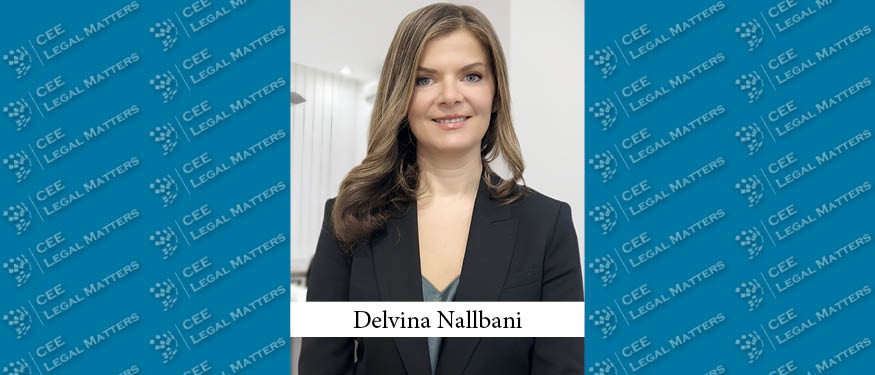The last few years have seen a long list of investors turning their eyes to the Greek renewable energy source market and an abundance of new projects being developed throughout the country – to the extent that one would assume an excessive capacity of the Greek distribution network. Sadly, that is not the case. The occupation of grid space has been very loosely regulated for quite a long time, and final grid connection offers (GCOs) have been granted to licensed producers largely on a first come first served basis, and without any specific priority requirements.
Hence, the grid’s capacity to absorb power from RES has unavoidably come close to reaching its limits in most parts of the country, while signs of saturation have already emerged in certain regions with a higher concentration of RES plants. At last, in August 2022, following a longstanding unofficial halt in the approvals of new applications for GCOs, the Ministry of Environment and Energy published a new decision on the priority framework for granting GCOs to RES stations.
The provisions of this decision set out the priority order in which the pending requests for the granting of final GCOs will be considered: requests are classified into priority groups and are subsequently assessed based on such classification.
RES projects are grouped into six priority categories (further divided into subcategories) and applications for granting GCOs are processed by the competent independent power transmission operator (IPTO) in each category, starting from Group A (which mainly relates to the largest projects, strategic investments, and plants close to the borders) and down to Group F. Another significant factor differentiating the decision from all previous regimes is the restriction in the uncontrolled licensing of RES projects, through the allocation by the competent IPTO of a maximum capacity power limit per group/subgroup.
On January 20, 2023, six months after the decision was issued, a second ministerial decision was published, amending the previous one by increasing the regulated capacity of Group B – from 1,5 gigawatts to 4 gigawatts – without however materially affecting the maximum regulated capacity in all other priority groups. The amendment act mainly aimed at facilitating RES production in plants intended to produce based on power purchase agreements.
In particular, Group B includes only plants intended for concluding PPAs. As in most priority groups, a “deviation” of 20% is provided, meaning that, at the IPTO’s discretion, the final decision issuing GCOs to any such project may lower the plant’s regulated capacity by up to 20% from the producer’s license. In this case, producers should have already concluded PPAs (or be able to prove that they will conclude them shortly) with suppliers or industrial consumers for a minimum of 80% of their production. Producers must also submit a letter of guarantee to the competent IPTO for an amount of EUR 100,000 per megawatt. Although a first reading of the requirement might imply that the provision aims to favor large investors, at the same time it safeguards that only financially sustainable projects will be considered and given the opportunity to take up vital space on the grid, contrary to previous practices.
Another noteworthy amendment relates to Group D projects – standalone battery projects and RES plants with internal storage facilities – which have apparently received a great priority push, as their respective applications for grid connection will be assessed alongside the Group B applications. It should be noted that the first tender for such projects in Greece is planned for the end of the first quarter of 2023, for a capacity of up to 1 gigawatt. This should whet investors’ appetite, especially given the National Energy and Climate Plan target of 8 gigawatts of storage capacity within the next ten years, with battery installations expected to reach up to 5.6%.
Overall, the timing of the new legislation is by no means accidental. It marks the gradual transition – at least on a regulatory level – from an energy crisis to an energy security era, and provides all stakeholders with a reliable priority framework that attempts to regulate the previously rigid procedures related to RES licensing and operation, speeds up the implementation of mature RES projects that have been standing in line for a long time, and, at the same time, facilitates the integration of future ambitious RES projects.
By Alexandros Katsantonis, Head of Public Procurement & PPP, Drakopoulos
This article was originally published in Issue 10.2 of the CEE Legal Matters Magazine. If you would like to receive a hard copy of the magazine, you can subscribe here.
















